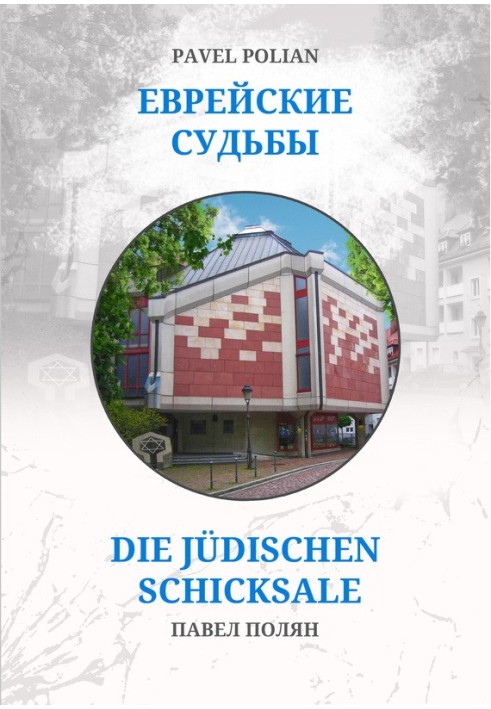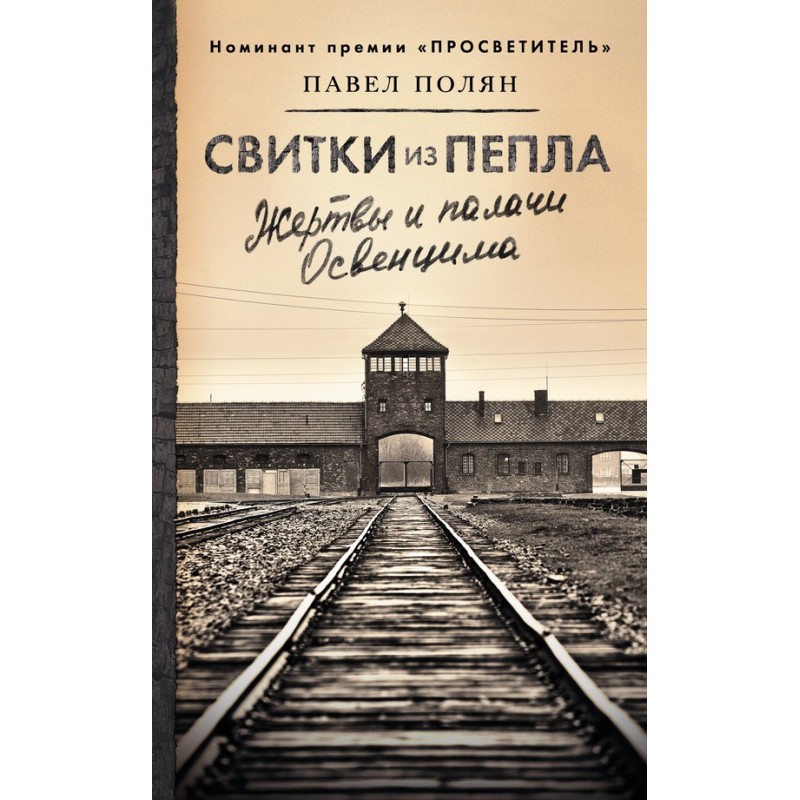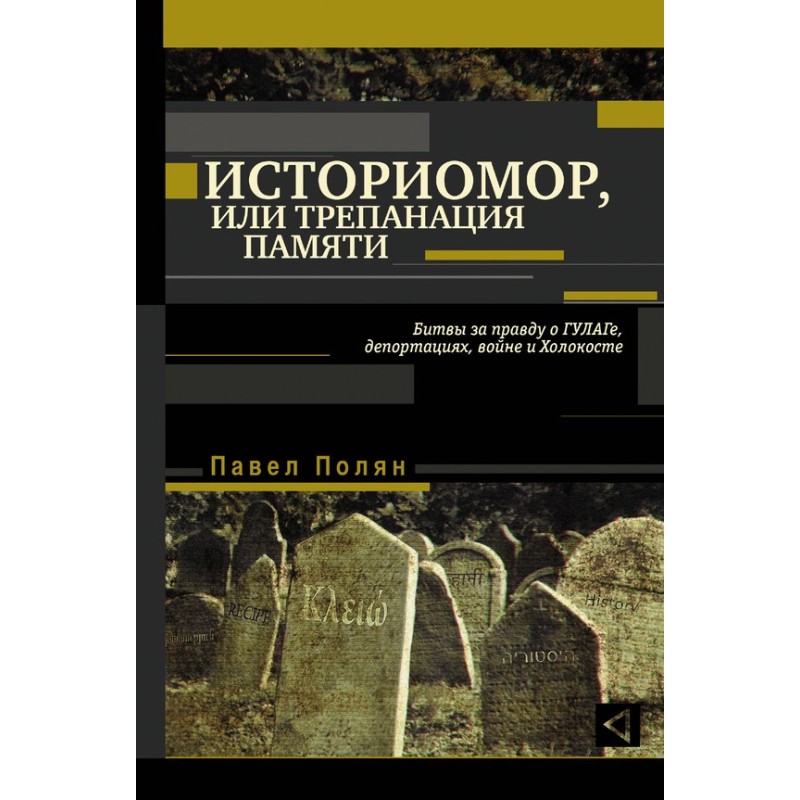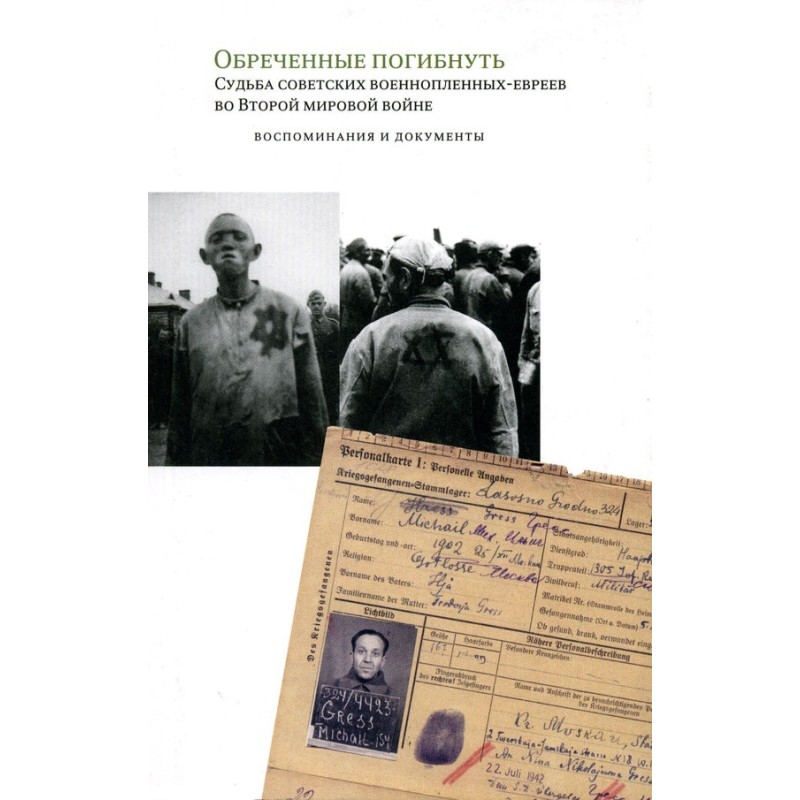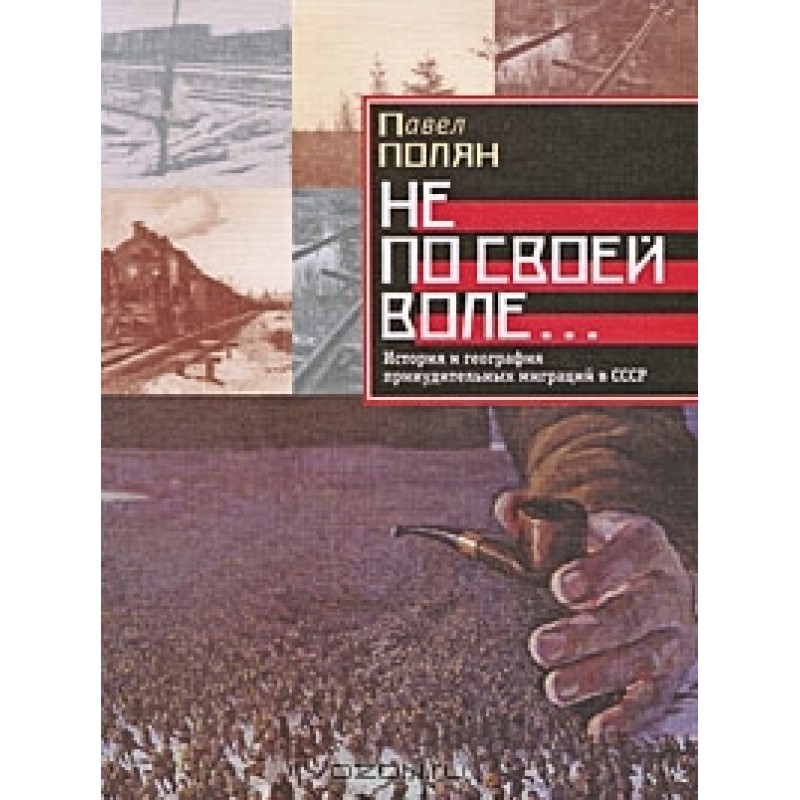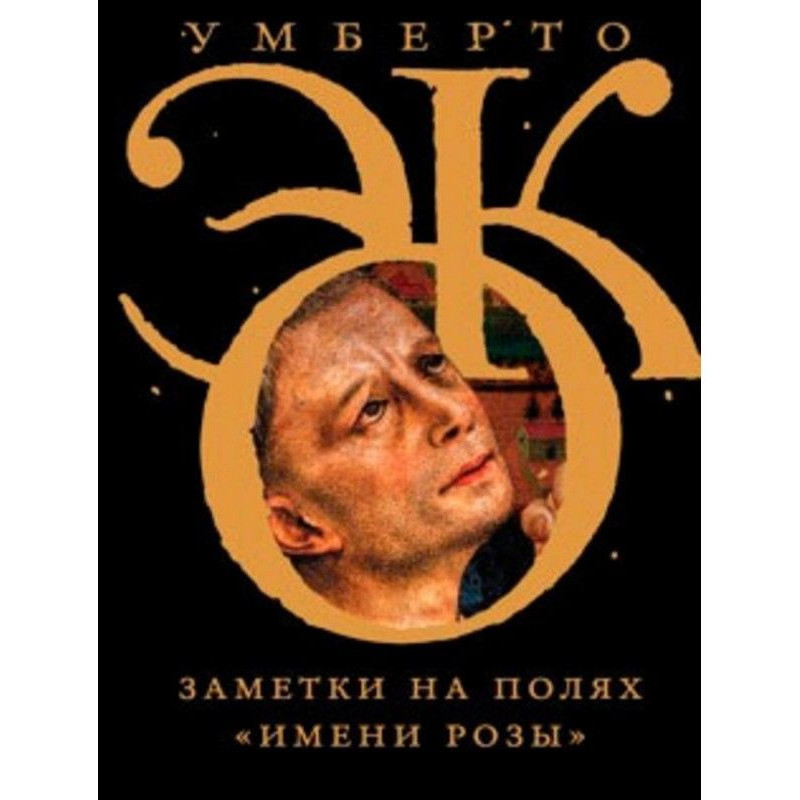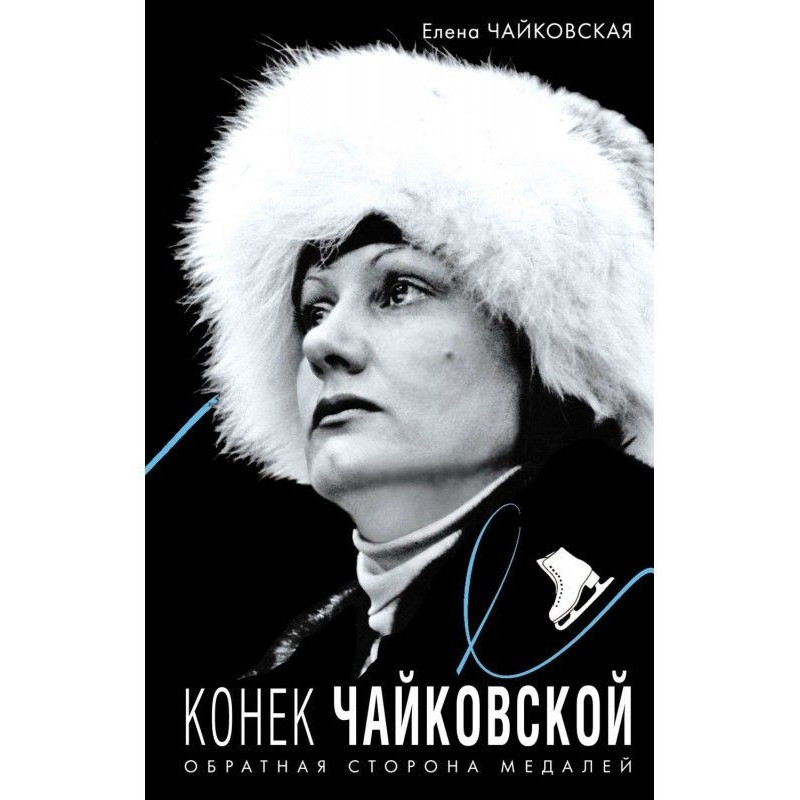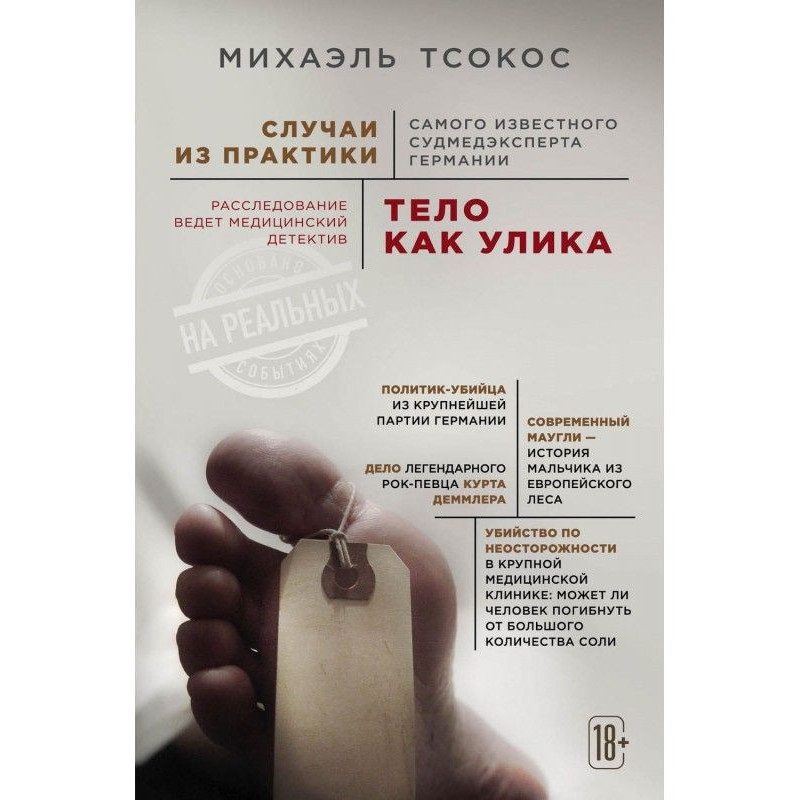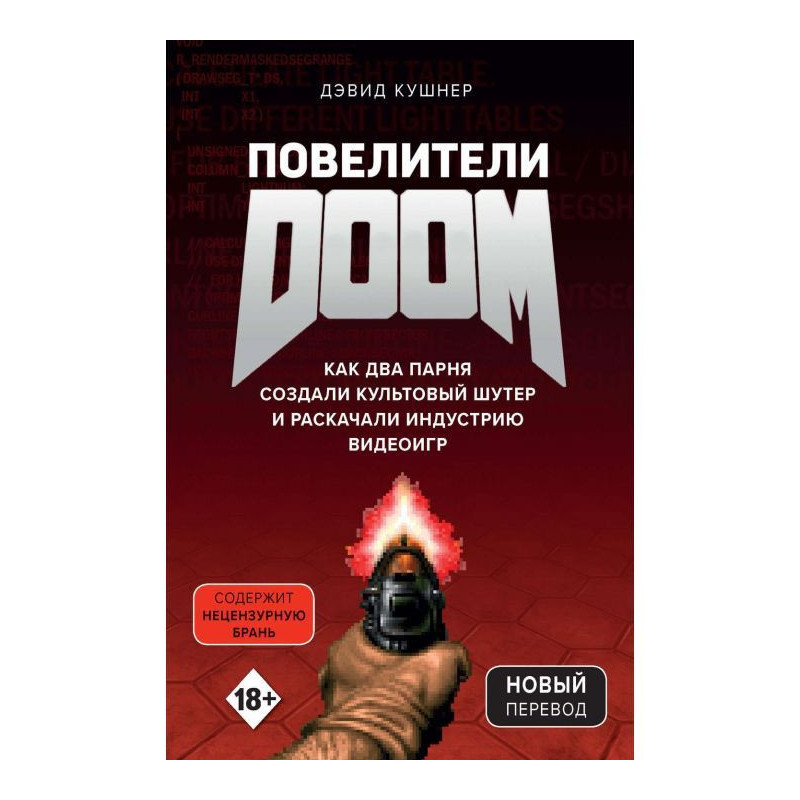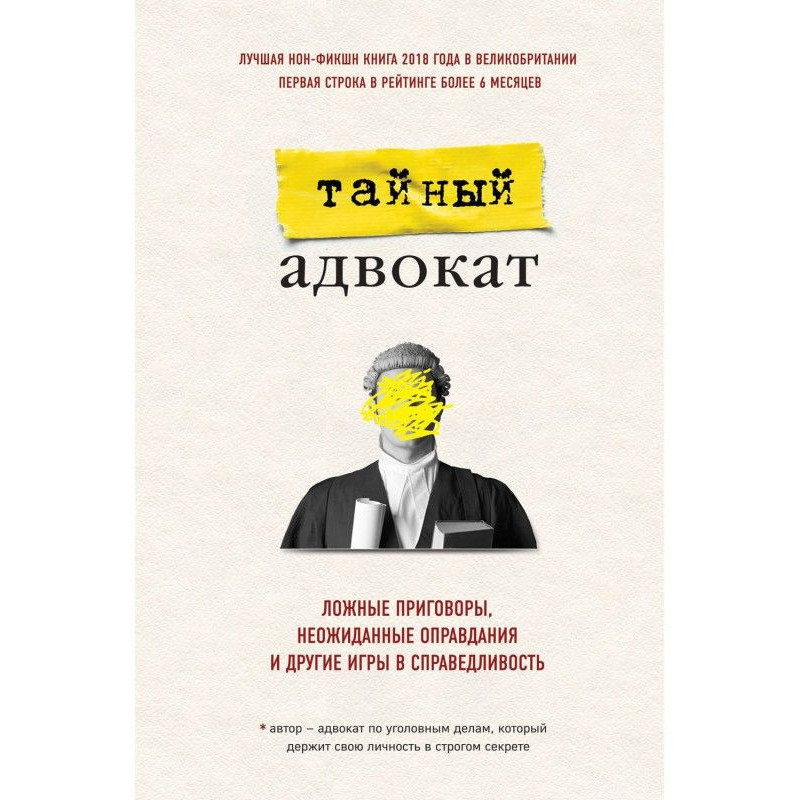Jewish destinies: Twelve portraits against the backdrop of Jewish immigration to Freiburg
 Instant download
Instant download
after payment (24/7)
 Wide range of formats
Wide range of formats
(for all gadgets)
 Full book
Full book
(including for Apple and Android)
“By the early 1990s. the Jewish communities in Germany numbered no more than 27–28 thousand people. Their demographic structure was such that German Jewry was again threatened with literal extinction. Many small and even medium-sized communities, due to their small population, had to reckon with the threat of imminent self-liquidation. In 1987, Freiburg, for example, opened a magnificent new synagogue, but the dynamics of the community were such that by 2006 it could no longer accommodate a “minyan”—that is, the minimum ten Jewish men required according to Jewish tradition , for prayer, funerals and other ritual activities. As Klaus Teschemacher, one of the then leaders of the community, joked bitterly, everything was heading towards the fact that the most important Jewish institution in Germany would not be the synagogue, but the cemetery. But in April 1990, the first 70 Soviet Jews who were in Germany, or more precisely in the GDR, with guest, tourist or business visas, “surrendered” to the East Berlin authorities and did not return to their homeland, where at that time anti-Semitism reared its head and the threat of pogroms arose...”
Data sheet
- Name of the Author
- Павел Полян Маркович
- Language
- Russian
Reviews
Глибоке дослідження єврейської ідентичності та імміграції
Книга "Єврейські долі: Дванадцять портретів на тлі єврейської імміграції до Фрайбурга" є вражаючим літературним твором, який відкриває читачеві глибокі соціальні та культурні аспекти життя єврейських громад у Німеччині. Автор майстерно описує історії дванадцяти осіб, які стали свідками і учасниками складних процесів імміграції, адаптації та збереження своєї культури в умовах сучасного світу. Кожен портрет – це не лише особиста історія, а й відображення загальних тенденцій, які вплинули на єврейську громаду. Книга спонукає до роздумів про важливість збереження ідентичності, про виклики, з якими стикаються меншині, та про те, як історія формує наше сьогодення. Це важливе читання для всіх, хто цікавиться історією, культурою та соціальними питаннями, адже воно відкриває нові горизонти розуміння єврейської спадщини в Німеччині.

